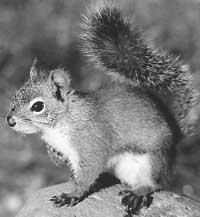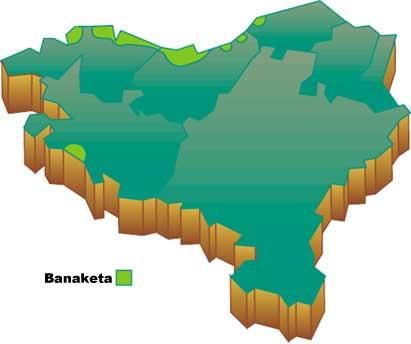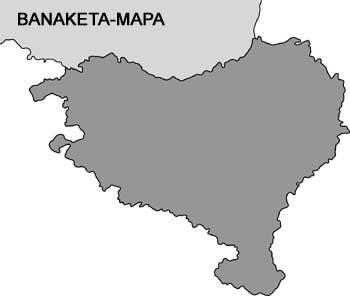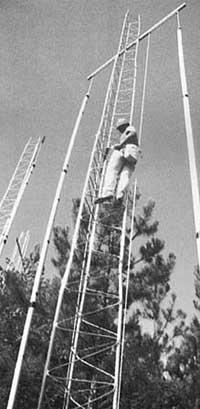Expansion of pines
1996/09/01 Elhuyar Zientzia Iturria: Elhuyar aldizkaria

Often the opposite is thought, but sometimes evolution is very fast. This is what is happening in the Rocky Mountains of North America, Pinus flexilis. The pine seed extends through the Nucipaga walnut or columbian. However, Tamiasciurus hudsonicus is a beetle that lives in these pine forests and also likes the pine seed and does not help at all the expansion of the species.
However, throughout evolution, the trees have created large pineapples, hard and low seed that leave them aside. For walnut these pineapples are less interesting, so pine trees have not spread much. In the Great Basin, however, the squirrel was lost 12,000 years ago and the pines soon formed smaller, softer pineapples with many seeds. Therefore, the work of walnut trees is more comfortable and the seeds are easily dispersed. In 12,000 years natural selection has worked quickly.

Gai honi buruzko eduki gehiago
Elhuyarrek garatutako teknologia





